In today"s world, the desire to travel other countries has increased. While people travelling to well-known or popular places like Paris or Roma increasing day by day, with the help of urban tourism, places like Kreuzberg Prenzlauer Berg have also lots of visitors both from abroad and the country itself. At this point, it is important to analyze the factors that improves urban tourism.
As a general concept, urban tourism indicates consumption of city places like architecture, monuments, and parks or cultural places like museums, restaurants, and performances by visitors. That is to say, historic districts, convention centres and exhibitions, festivals and events, waterfronts, retail and catering facilities, special visitor districts may render a city more attractive and be a mediator to improve urban tourism. At this point, it is important to estimate that, intentionally, a city may be a place of interest and develop urban tourism. For example, Paris is a prominent place and it is well-known with it Eiffel Tower. Thanks to this, the city is an attractive place for tourists. However, a city that is not attracting many tourists may suddenly be a popular place to go and develops better thanks to a building, restaurant, museum and so on. People go different countries and places to be informed about history, see magnificent architectures, well-known museums. On the other hand, majority of people travel to other countries for conferences and meetings. These activities arouse tourism movements and make contribution to the concept of urban tourism.
Historical events make a place prominent and improve urban tourism there. For example, after the fall of the Berlin Wall, Berlin became a sine-qua-non for tourists. The city clearly benefited from the historic events that unfolded in the late 1980s and early 1990s, like the fall of the Berlin Wall in 1989, Germany"s reunification in 1990 and the subsequent buzz surrounding the return of the Capital function to the City, local experts often refer to the City"s variety and affordability when trying to make sense of the City"s tourist appeal. Additionally, Berlin is one of the world"s most popular cities for conventions and congresses and a popular host destination for special and re-occurring international events of various kinds. From this example, it cannot be said that travelling is composed of only leisure purposes. Here, the business purposes are in the foreground. Undoubtedly, conventions and congress centres are artificial and help a city to develop urban tourism. On the other hand, some sports activities also contribute to urban tourism. In 2006, the year Germany hosted the FIFA Soccer World Cup, on average 380,000 tourists visited Berlin every day of the year (BTM 2007A). For 2007, a year without any major event of international significance, experts expect this number to climb again. Statistics for the first six months of the year suggest 2007 will be yet another record-breaking year for the City"s tourism industry (BTM 2007C). As in the example of Germany hosting the FIFA Soccer World Cup, sports activities arouse tourism movements and make contribution to urban tourism. In addition, Turkey hosting Europe Champions League Final in 2005, tourists visiting Turkey increased drastically. Of course this increase affected Turkish tourism in a good way; superstructure works accelerated, airports pulsated with tourists and so on.
When it comes to Kreuzberg, it can be said that there are some different factors in this city which improved urban tourism. Kreuzberg became a destination during the period when the City was still divided by the Wall and when tourists ventured into the area to participate in, or simply gaze upon, the neigboourhood"s scenes, visit its galleries, pubs, clubs, ethnic markets and theatres. Indeed, sightseeing coaches regularly drove by the area"s squats and other manifestations of its otherness. Its reputation as a world renowned hot spot of alternative, multicultural, and counter-cultural life, also guaranteed the neighbourhood coverage in travel guides and other travel relevant media. This was particularly evident in guide boks oriented towards readers with a more alternative background that informed readers about its role as a headquartesrs of minorities and non-conformist groups, its inherent social problems and dilapidated housing conditions, as well as particular destinations such as pubs, galleries and theatres In many ways present-day Kreuzberg epitomises a contested phrase once used by Berlin"s Mayor Klaus Wowereit to describe Berlin as a whole: the district is poor but sexy. In other words, the district, and its residents, possess little capital in strictly economic terms, but the area is rich in aesthetic, cultural and symbolic resources. At this point, it can be said that the factors that improves urban tourism in Kreuzberg are not artificial; moreover, these factors are authentic and attracts attention with its markets and bazaars as a leisure destination. People visiting Kreuzberg are not as a tourist wearing Hawaii t-shirts and taking photos in crowded groups; these people feel the authentic smell of Kreuzberg. All these aspects attract attention of tourists and conributes to urban tourism in Kreuzberg in many ways.
When it comes to general trend in urban tourism, we can say that Shopping Fests are good examples to improve urban tourism in places. According to 2011 Shopping Fest organization in İstanbul, the tourists coming İstanbul increased as 50% according to previous year. With the help of İstanbul Shopping Fest (ISF), the giro index of April 2011 increased as 16 points comparing to previous year and reached 108 points with 15% increase according to previous term. Totally 288 Million TL is spent thanks to ISF. If we analyze the number of tourists coming İstanbul between 18 March 26 April, it was 805.989 at previous year. This rate is increased to 955.144 this year with the help of ISF. Domestic tourists coming airport was 1 million 278 thousand last year but this number is 1 million and 425 thousand this year, at the period of ISF. All in all, in 40 days of İstanbul Shopping Fest, number of tourists visiting İstanbul both from aboad and Turkey itself reached 5 million, said Ertuğrul Günay. In addition, Timur Bayındır, the president of TUROB, mentioned that there is 10% increase in occupancy rate of hotels in İstanbul thanks to ISF.
At this point, it can be said that historic districts, convention centers and exhibitions, festivals and events, waterfronts, retail and catering facilities, special visitor districts may render a city more attractive and be a mediator to improve urban tourism. As we also see from the example of general trend in urban tourism, shopping fests and events contributes to urban tourism very much. Just one festival cause lots of things to be improved like superstructure of the city, city planning, useful applications in travel industry to accelerate the processes, occupancy rates of hotels and it provides combining different cultures, employment, contribution to economy both direct and indirect ways as it was seen in Istanbul, during Shopping Fest 2011




.jpg)


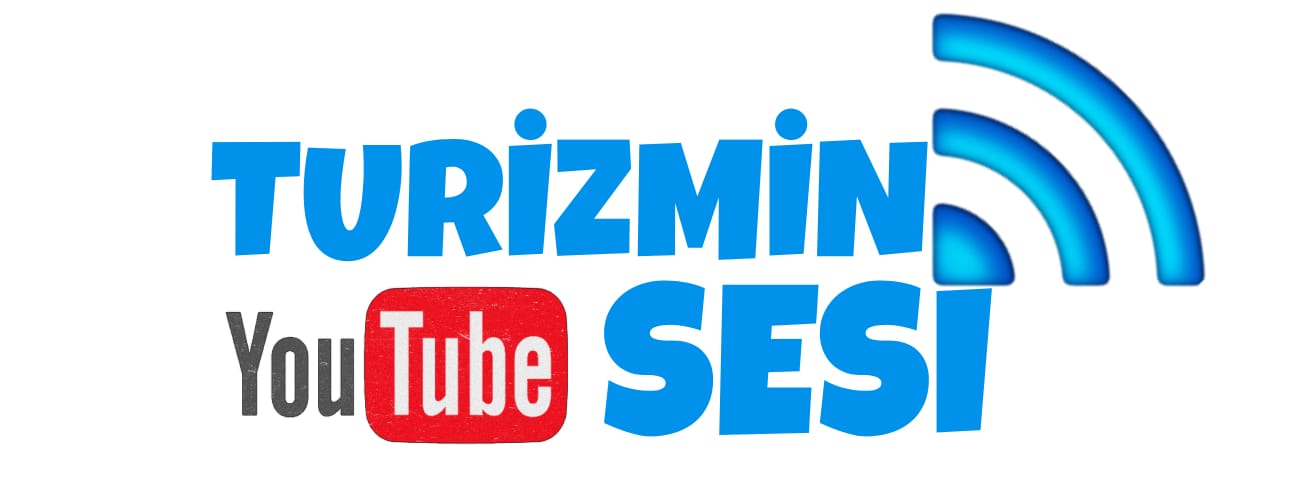















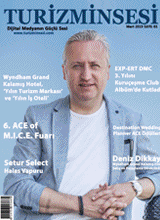

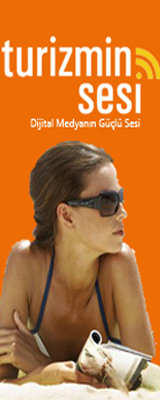



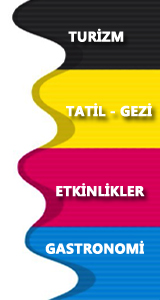














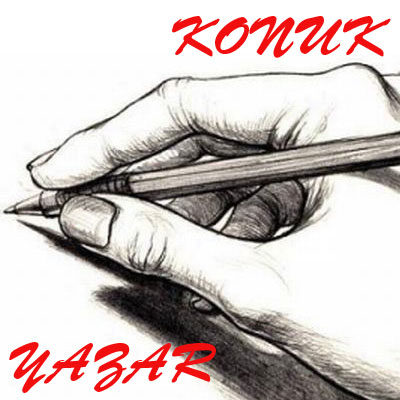
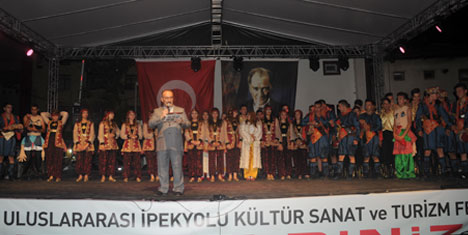
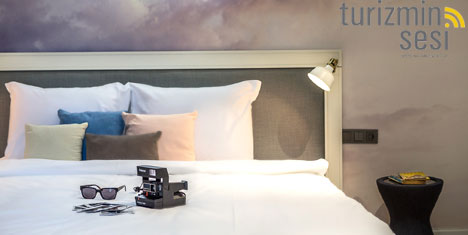
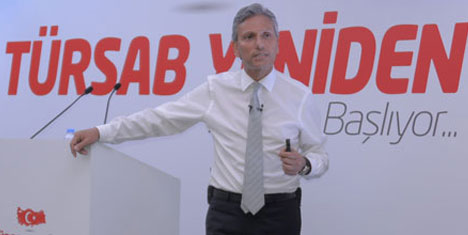
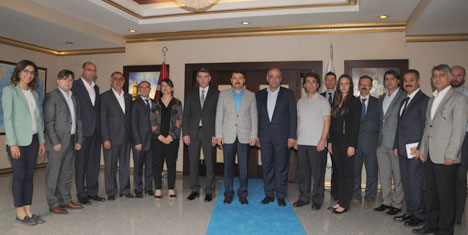
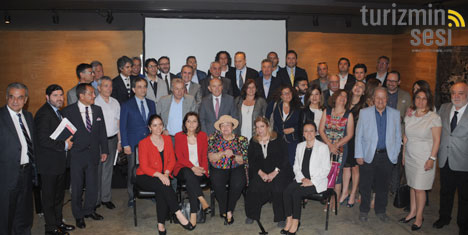
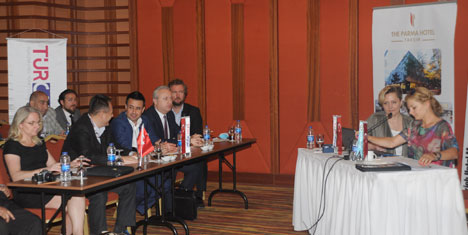
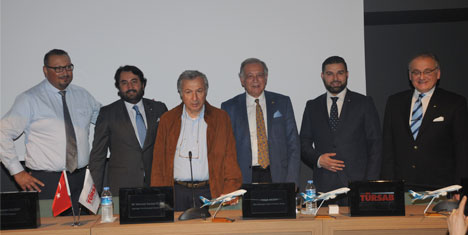
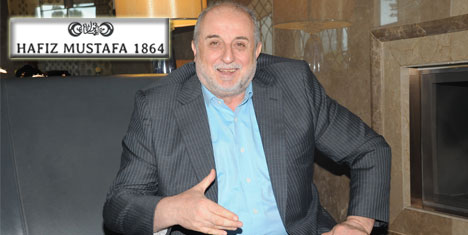
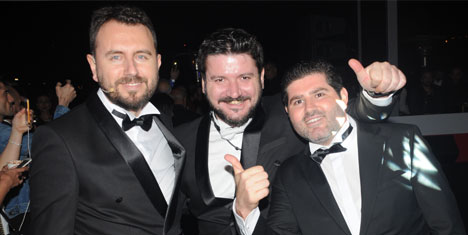
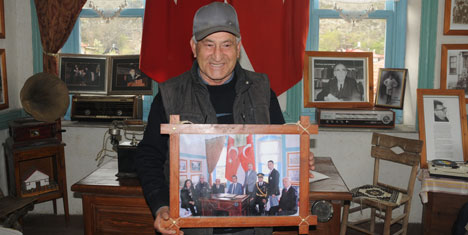
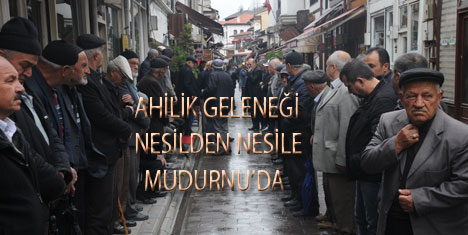
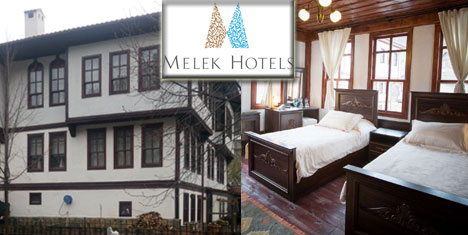
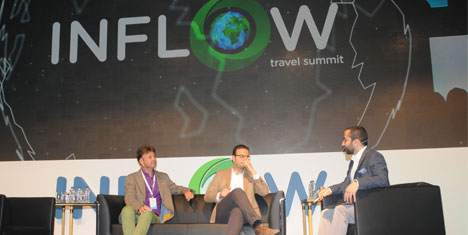
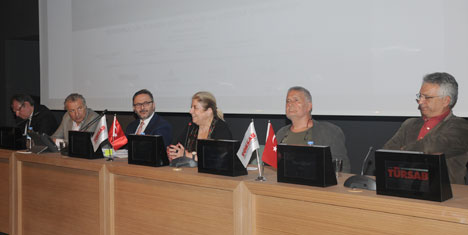
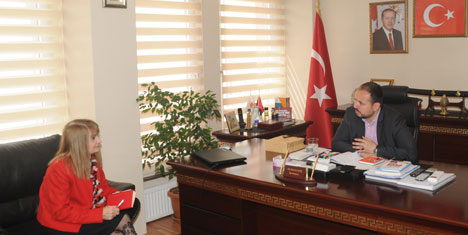
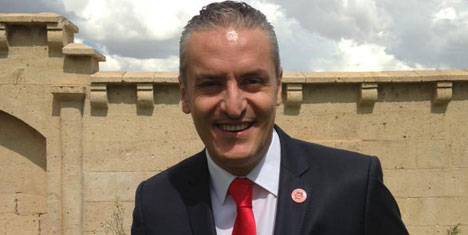
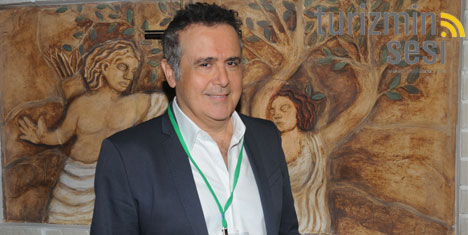
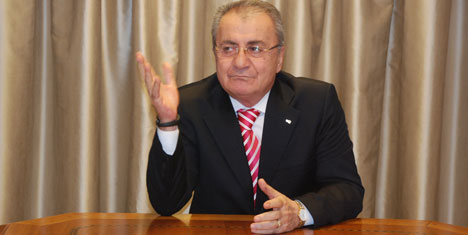
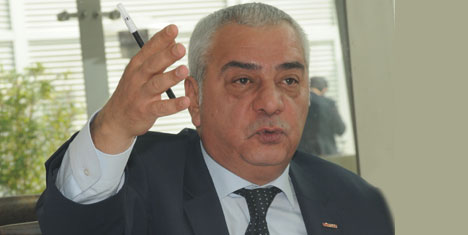
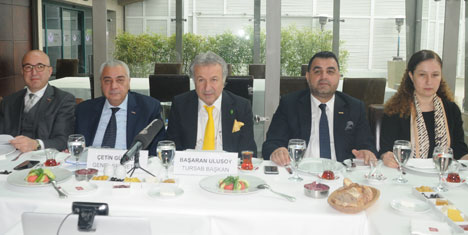

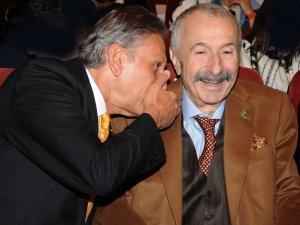
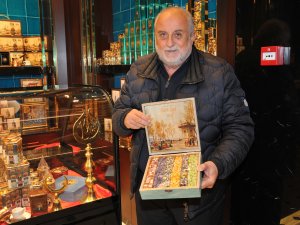
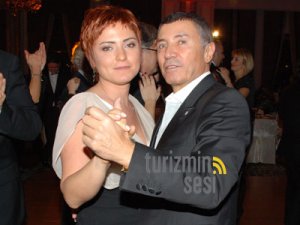
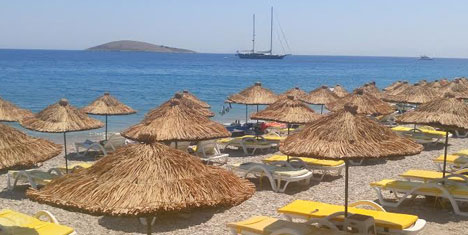

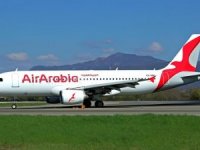






Türkçe karakter kullanılmayan ve büyük harflerle yazılmış yorumlar onaylanmamaktadır.